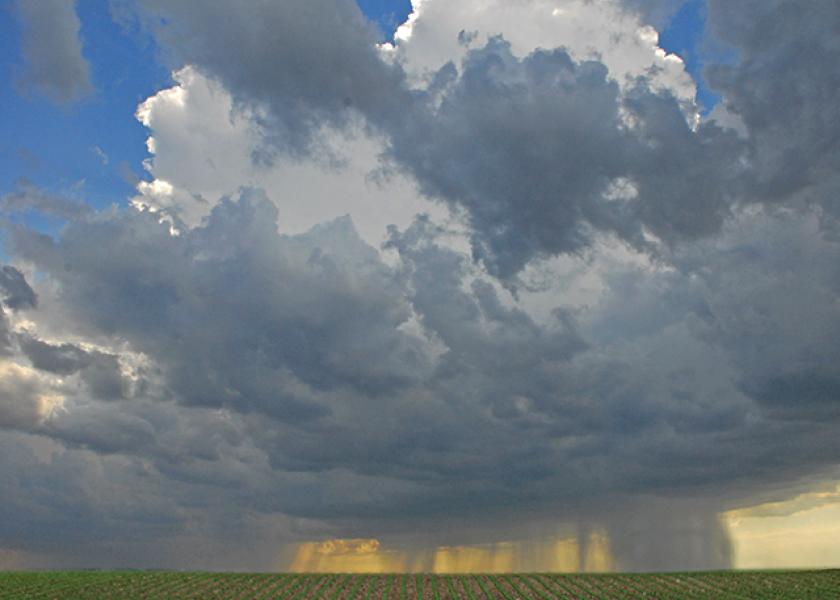El Niño Has Peaked; Steady Decline in Early 2024

The latest computer forecast models for ENSO events suggest El Niño peaked a few weeks ago and will begin a steady decline in January. As impressive looking as the warm temperature anomalies are in the eastern equatorial Pacific Ocean, the impact of El Niño on the world has not been nearly as severe as once predicted, according to World Weather Inc. The forecaster says the event will steadily decline over the next few months.
World Weather says, “Weather adversity in Brazil this spring cannot be attributed entirely to El Niño. The lingering impact of greater moisture in the stratosphere resulting from the January 2022 Hunga Tonga volcanic eruption is believed to have had a huge impact on Brazil weather possibly contributing to the failed summer monsoon just like that in North America during its summer season. Brazil’s forecast is expected to eventually trend more favorably toward more normal rainfall in the middle to latter part of January and especially in February and March. Shortly after that, though, what little monsoon flow has evolved by then should abate and the dry season will begin.”
ENSO computer modeling is not very accurate after three months, especially the NOAA forecast model, according to World Weather. But the forecaster notes the model suggests after the rapid demise of El Niño additional cooling of ocean surface water is possible in the eastern equatorial Pacific Ocean, resulting in the possible redevelopment of La Niña. Still, it says the second half of 2024 is likely to feature neutral ENSO conditions.
World Weather concludes, “Years in which moderately strong El Niño events gave way to neutral ENSO conditions have a tendency to receive less-than-usual rainfall in the spring and summer in the U.S. Corn Belt with temperatures that vary mostly in a seasonable to slightly warmer bias. If that occurs and precipitation stays below normal during the balance of winter in the Northern Plains and western Corn Belt there would be potential that dryness might return to stress crops in the spring and summer, especially if remnants of the Hunga Tonga volcano prevail. “If” La Niña returns, these tendencies would be enhanced, but confidence in such an event is very low – at least for now.”
Get more market news and analysis from Pro Farmer that's not available online - view membership options.







